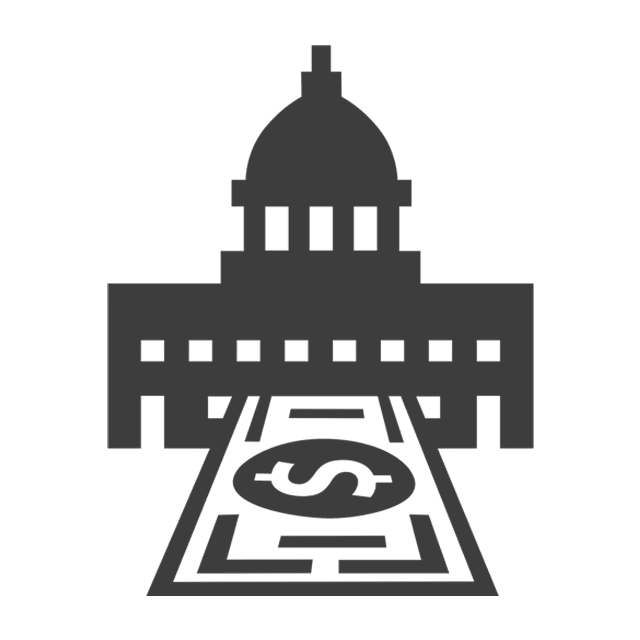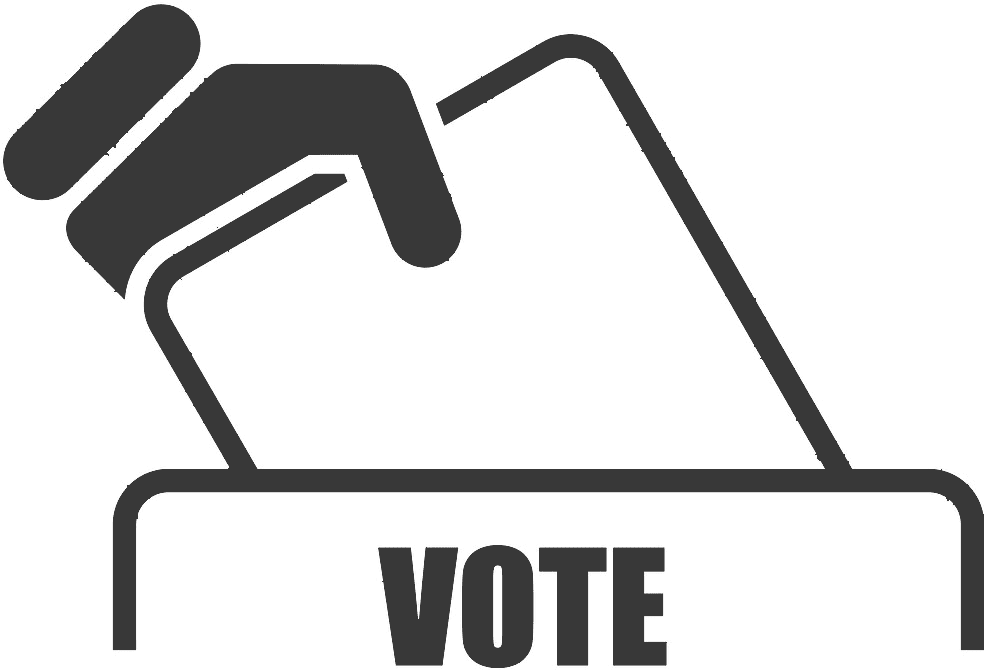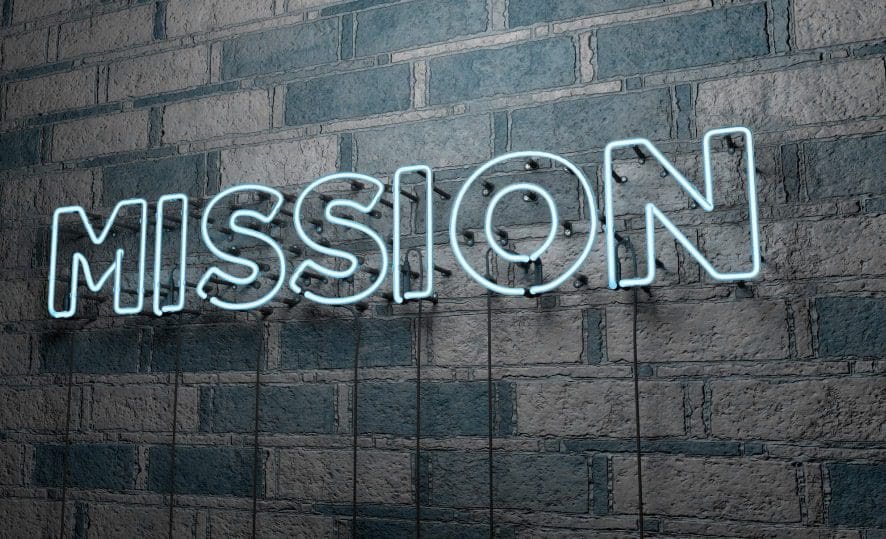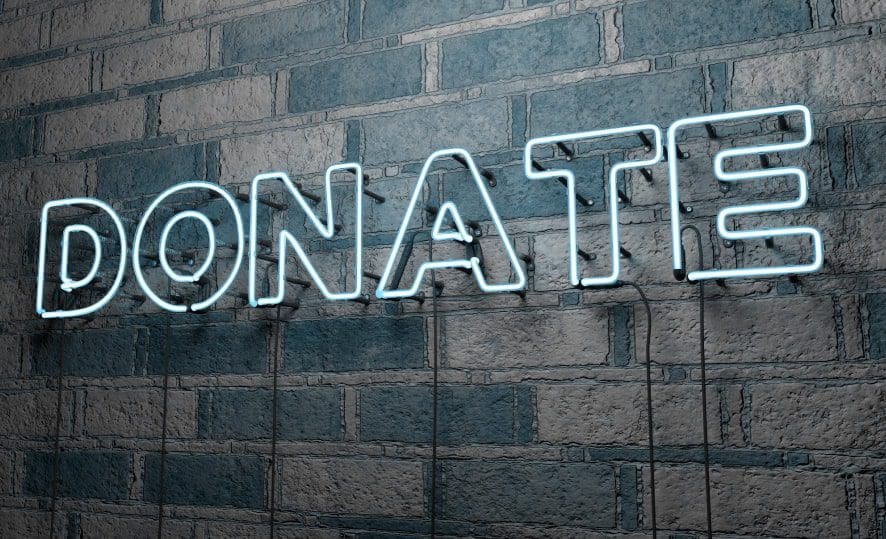On May 21, 2019, the U.S. Census Bureau released a report of how much American school districts spend per student.

Joe Carter of the Acton Institute highlighted seven figures that stood out in this report:
- Per-pupil spending in public elementary and secondary education (pre-K up to the 12th grade) for all states and the District of Columbia rose by 3.7 percent to $12,201 per student during the 2017 fiscal year. In 2016, spending was at $11,763 per pupil.
- The top five school systems with the largest student populations are located in New York City (984,462), Los Angeles (633, 621), Chicago (378,199), Miami-Dade County, FL (357,249), and Clark County, NV (326,953).
- Of the top 100 largest school systems observed, the top five biggest per-pupil spenders were New York City School District ($25,199), Boston City Schools in Massachusetts ($22,292), Baltimore City Schools in Maryland ($16,184), Montgomery County School District in Maryland ($16,109), and Howard County School District in Maryland ($15,921).
- Maryland stuck out like sore thumb by having four of the top 10 school districts with the highest spending per student in the nation.
- The public school systems that received the highest percentage of revenues from the federal government were New Mexico (14.4 percent), Mississippi (14.1 percent), Alaska (14.0 percent), Arizona (13.7 percent), and South Dakota (12.8 percent).
- On another hand, the public school systems that received the lowest rate of the percentage of their revenue wise from the federal government were New Jersey (4.1 percent), Massachusetts (4.3 percent), Connecticut (4.3 percent), Minnesota (5.2 percent) and New York (5.3 percent).
- In 2017 alone, public elementary and secondary revenue, coming from all sources, totaled to $694.1 billion. This represents a 3.4 percent increase from the 2016 fiscal year, where total revenue stood at $671.2.
All in all, it appears that America’s education spending bonanza persists despite evidence that government schools are underperforming against international competitors.
When it was created, the Department of Education’s budget started off at $14.5 billion in 1979 and now hovers around $70 billion. The education largesse gets even worse when school breakfast and lunch and Head Start programs are accounted for, which puts the total Department of Education spending at roughly $100 billion.
These spending trends are what happens when we start treating goods and services such as education like positive rights. This fundamental misunderstanding of what freedom constitutes leads to suboptimal outcomes. The way to fix education in America is by bringing in market incentives to the education sector, not more feel-good government involvement.
Options like charter schools, school vouchers, home-schooling deregulation, and the privatization of education services should all be on the table.
There are no sacred cows for market reforms. Sectors with overwhelming state involvement like education will likely lag, thus necessitating some private sector incentives.
Once America is able to get over the mental hump that education is not special, and could actually use market reforms, education outcomes will improve for the better.

























